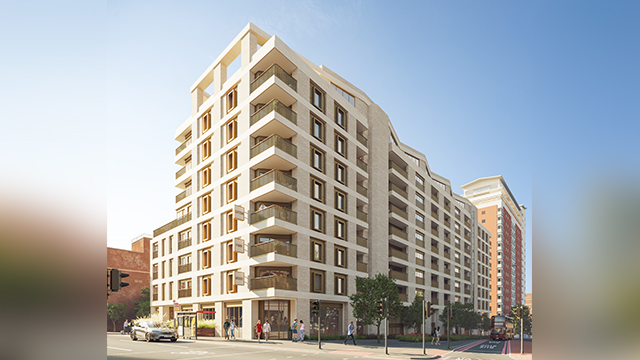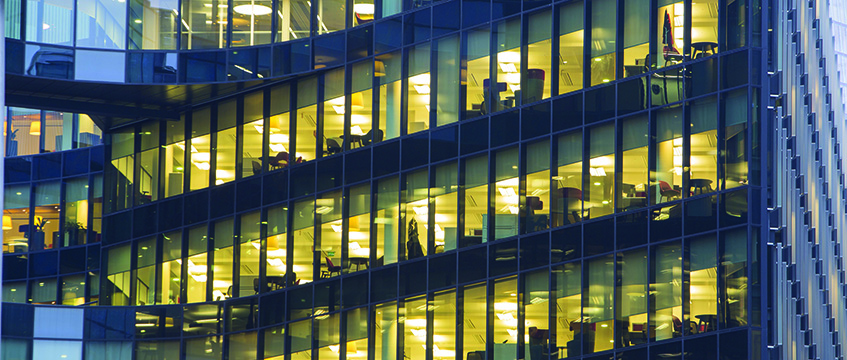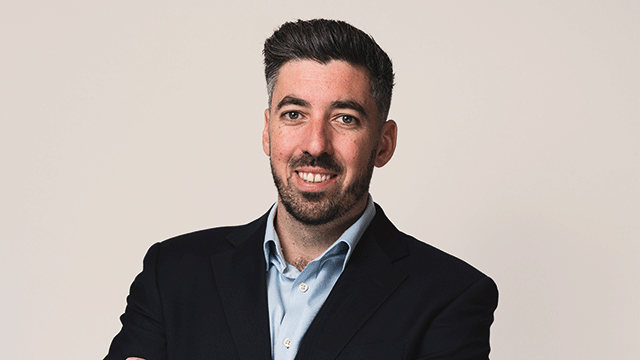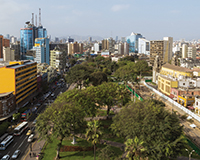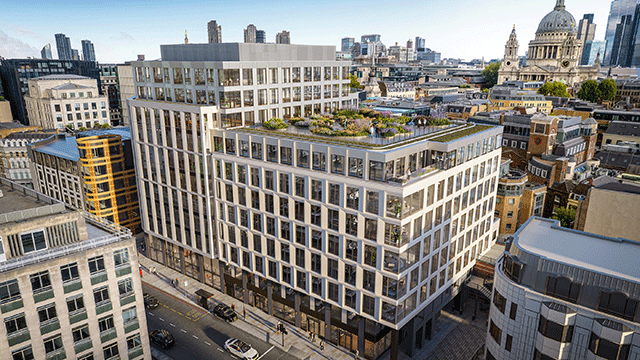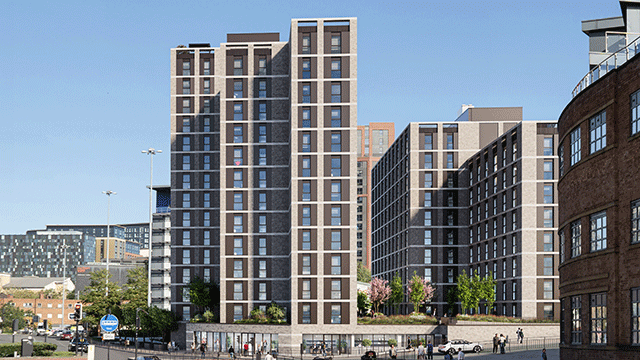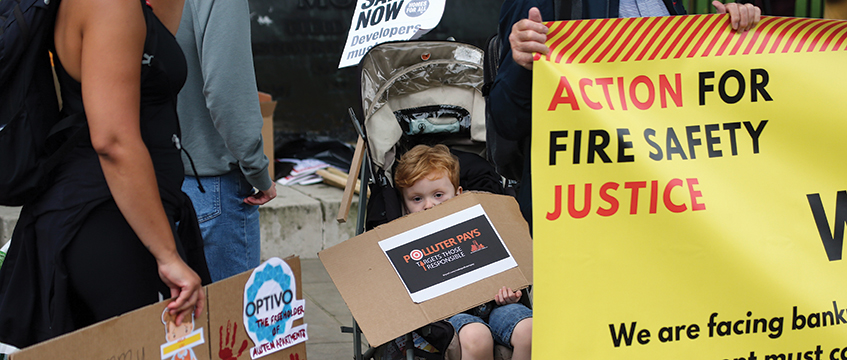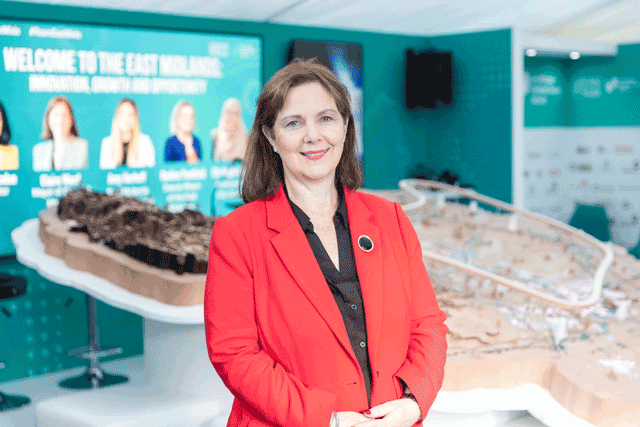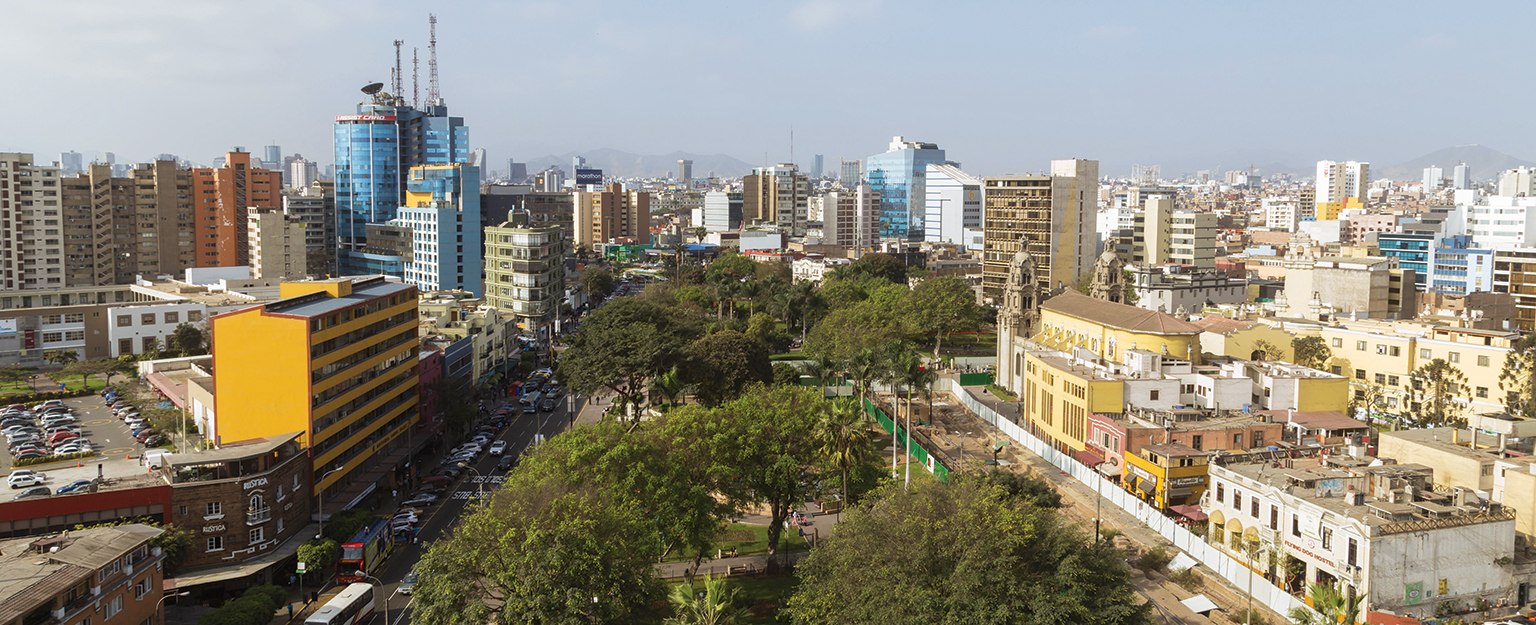
Economic deceleration, a decrease in commodity prices and political challenges were seen across South America in 2015.
Following heightened volatility in the region’s currencies in the final quarter of last year, many continued to tumble in early 2016 against the US dollar and global financial markets. This has resulted in many potential foreign investors standing on the sidelines, waiting out what some perceived to be a property pricing bubble.
But commodity prices are expected to grow slowly in the second half of 2016, boosted by stronger economic growth, and private equity firms and foreign investors are already quietly surveying the market for attractive deals.
Commercial hotspots
Most of the region has had its GDP growth forecast of 0.3% slashed by analysts, with Peru the only economy predicted to remain on an even footing. GDP grew steadily by 2.9% in the third quarter of 2015 to $6,541 per capita, and new mining projects such as the $7.4bn Las Bambas project in Cotabambas should promote stable investment.
Although struggling overall, Brazil’s hotel pipeline looks positive. Following a boom of openings in 2000, virtually no new stock has entered the São Paulo market since. JLL estimates there are now at least 4,000 rooms in the pipeline, with the market’s luxury segment expected to undergo a notable expansion.
Andre Germanos, director of capital markets at Cushman & Wakefield Brazil, says: “Transaction values have been waning, presenting a real opportunity for foreign investors to get high quality assets in prime locations while taking advantage of an advantageous exchange rate.”
Residential hotspots
A survey of the top 20 property markets in South America by online information portal Live and Invest Overseas identified Cali on the west coast of Colombia as the most affordable market. A flat in the city centre is valued at an average of Col$2.3m per sq m, according to data centre Numbeo.
But the strength of the economy and the rate of foreign investment must be considered. Rental yields, planned infrastructure improvements and pricing trends should also be on investors’ radar.
Medellin, to the north of Cali, ranks second in the survey. Average prices for a flat in the city centre are Col$2m per sq m, according to Numbeo.
“Colombia has a strong programme of fiscal advantages for foreign investors, but anyone looking to invest needs to know the supply and demand for each city,” says JLL’s Fernando Garcia-Chacon.
Growth areas
Mexico suffered bad press last year, with the escape of drug lord Joaquín “El Chapo” Guzmán from prison. But alongside his recapture on 8 January came a strengthened GDP, which advanced by 2.6% in the final quarter of 2015 to around $11,000 per capita.
The rise in e-commerce companies and the energy sector has kept the industrial market in good health. Mexico City ended 2015 with 320,000 sq ft under construction, 42% of which is in Cuauitlan, according to CBRE.
Inventory grew by an average of 11.1% last year and by 10% over the past five years. CBRE expects this trend to continue in 2016, during which grade-A industrial space in Mexico City could reach as much as 72m sq ft.
Risks and challenges
Low commodity prices, high inflation, large fiscal imbalances and political crises all came to a head in South America last year, but the damage is not expected to be long-lasting.
“There is a huge grey cloud hanging over economic performance, which makes people shy of pulling the trigger, but it is a very liquid market with a lot of trading to be had,” says Garcia-Chacon.
Colombian exports were down 30% year-on-year in 2015 and the peso lost nearly 50% of its value. But Claudia Robledo, managing director of Savills Colombia, believes recovery is on the horizon. “The Colombian government plans a series of economic reforms for 2016 that will gradually offset the negative impact of the fall in oil prices,” she says.
Brazil’s fastest economic contraction and lowest recorded GDP prompted warnings of a depression from the banks. Once the main market in South America, its outlook is bleak. Analysts predict that the economy will contract by a further 2.6% in 2016, with no recovery expected before 2017. But the dark cloud over Brazil will give other countries an opportunity to step out of the shadow of the continent’s largest market.
Must-have contacts
Jose Belfort
Senior vice president, Cushman & Wakefield Peru
jose.belfort@sa.cushwake.com
Fernando Garcia-Chacon Executive vice president of hospitality, JLL
fernando.chacon@am.jll.com
Spencer Levy
Head of research, Americas, CBRE
spencer.levy@cbre.com
Alejandro Badino
Managing director, Argentina, Colliers International
alejandroh.badino@colliers.com
City guide: Lima
Overview
The Peruvian economy has been growing for more than 10 years, and its framework is more modern and stable than other countries in South America, helping to protect foreign investment. Analysts expect the economy to expand by 3.4% in 2016 and by 4.1% in 2017, boosted by rising prices and production in the extractive industries, especially for gold, silver, copper and hydrocarbons. The exchange rate by the end of Q3 2015 was S./3.21 per $, and annual inflation was 3.9%.
Why invest?
Lima experienced record office take-up of 121,000 sq m in 2015, while foreign investment and infrastructure improvements coupled with middle class expansion have paved the way for growth in the tourism sector.
Last year international arrivals to the capital reached a new high of 3.2m, pushing growth to outweigh supply. More than 1,700 hotel rooms are planned for the capital over the next three to five years, according to JLL.
Fernando Garcia-Chacon, executive vice president of hospitality at JLL, says: “Given the increase in supply, the new hotels have been absorbed well by the market in Lima. This is a good sign given the decline in commodity pricing and the slowdown.”
The numbers
8m – Lima’s share of Peru’s 31.7m population
27 – size of the city in square miles
$886 – rent per month for a three-bedroom flat in the city centre
The opportunities
The warehouse market is relatively new in Lima, but recently insurance companies, real estate funds and individual investors have reaped returns of up to 10%, according to CBRE. The office market in Lima recovered in line with wider economic improvement. Eight new class-A office buildings started construction in Q3 2015, of which 29.2% have been prelet and 48.9% of the development completions offered for sale have been sold.
Stand-out scheme
Being built by construction firm Graña y Montero, the 19-storey Panorama Plaza de Negocios on the avenida Javier Prado Este will comprise 175,000 sq ft of grade-A offices plus restaurants, cafes, shops and a gym.
Top tips
- Head to Parque Kennedy, known as “cat park” because of the hundreds of felines that reside among the well-kept greenery.
- If canines are more your thing, most of the dogs in the city – including the strays – wear clothes so that they don’t get cold.
- Don’t eat ceviche for dinner. Limeños are obsessed with the quality of their fish and it is only really fresh in the first half of the day. If you can find a cevicheria open past the afternoon, it is either run by foreigners or designed to suck them in.




